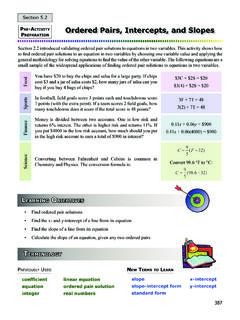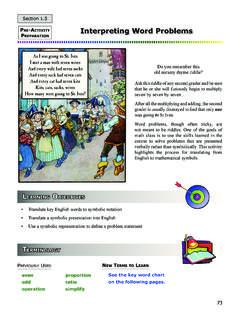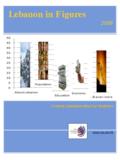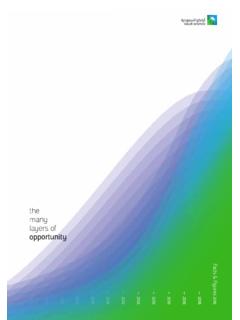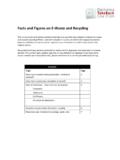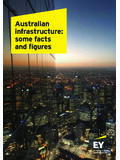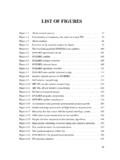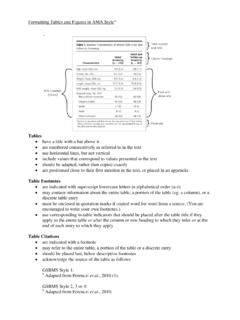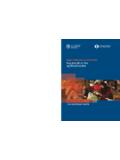Transcription of Pre ctivity Composite Figures PrePArAtion - …
1 Pre-ActivityPrePArAtionLeisure activities often include the use of different combinations of basic shapes. Below are some examples of how we might use basic shapes in complex patterns that are useful or pleasing to the eye or in challenging intellectual a set of tiles consisting of seven geometric shapes: five triangles, a square and a parallelogram. The player is to arrange the tiles into specified Figures or shapes. Many mathematical principles have been applied to the use of the tiles and it has been determined that there are only 13 closed pattern shapes. On the other hand, whimsical open shapes and patterns are essentially Traditional quilt patterns use combinations of squares and triangles to build bigger squares and shapes. The quilt at right is made from colorful squares and triangles and has a unique geometric The Japanese art form of paper folding is closely tied with geometry.
2 Any basic fold has an associated geometric pattern. For instance, when you fold the traditional water bomb base, you have created a crease pattern with eight congruent right triangles. Find the area and perimeter of irregularly shaped geometric Figures Learn how to recognize basic shapes within more complex Figures Add or subtract basic shapes to find the area and perimeter of more complex Figures Use algebraic concepts to scale geometric figuresComposite FiguresSection terms to LeArnaugmentcomposite figurepolygonregular polygonscalePreviously usedareaperimeterradiussimplifyLeArning objectivesterminoLogy Chapter GeometrybuiLding mAthemAticAL LAnguAgeBreaking down a DrawingLearning how to break a complex task down into simpler components is a skill that can transfer to any complicated problem.
3 In geometry it is often necessary to break apart a drawing into basic shapes so that the area or perimeter can be calculated. At right is a geometric object that can be divided into two small rectangles. You can think of the figure as being composed of two rectangular shapes; therefore it is a Composite figure. Augmenting a Drawing The same figure can also be augmented into one large rectangle. Calculations with Composite FiguresTo calculate the area, we can either add the two smaller areas created by breaking down the drawing or subtract the hash marked area from the larger augmented rectangle closed geometric figure is called a polygon and is classified by the number of sides it of SidesExampleTriangle3school pennantQuadrilateral4football fieldPentagon5 Pentagon BuildingHexagon6one cell in a honeycombHeptagon (Septagon)750 pence coin (England)Octagon8stop signPolygonmany sidedThe list can continue with Greek or Latin prefixes indicating the number of sides and the suffix -gon.
4 A figure with many sides is simply called a polygon. If the sides are of equal length, then it is referred to as a regular downor augmentaugment Sect on . Compos te F guresArea of a Regular PolygonThe area of a regular polygon can be found using the perimeter (P) and the distance from the center to the midpoint of a side (r).A = r PFor example, the area of a regular hexagon with sides of 12 in and a length of 8 in from the center to the side is:PPAA = 6 12 in = 72 in = 12 in in ( in) in ()()(872472=))A in=2882We use r because of the relationship between the polygon and its inscribed circle a circle inside the figure that touches each side at its in8 inmodeLsModel 1 Find the perimeter in feet. 12 ft14 ft3 yd3 yd4 ydChange yards to feet: 313941312 yd ft yd ft ft yd ft yd ft ftxxxx====,,P = 12 ft + 14 ft + 9 ft + 12 ft + 9 ft Answer: P = 56 ftThe Pentagon in Arlington, Virginia(Each side is 921 feet long; what is the perimeter?
5 Chapter GeometryModel 2 Find the approximate area of the following table top. -=-=-=Augmented table:A = ( ft)( ft) = ft2 Four quarter-circle cutouts(one whole circle):r = d = 6 in = 3 in22(Convert to feet: r = 3 in = ft)A = r2 A ( ft)2A ft2 Approximate area of the ft2 ft2 = ft2A good way to validate calculations with Composite Figures is to use an alternative method, when possible. Model 3 presents one such alternative way of solving this same 3 Find the approximate area of the following table top. width= ftlength = ftdiameter= 6 ft::The figure is a rectangle with four decorative cutouts that are each 1/4 of a circle. Find the area of the rectangular table and then subtract the cutout sections (4 1/4 of a circle or one whole circle).
6 ReasoningThe figure is a rectangle with two decorative ends. Each decorative end is a rectangle with two 1/4 circle cutouts. Find the area of the table (the rectangle without the decorative ends). Then find the area of two decorative ends (each a rectangle minus a half-circle). Finally, add the area of the center portion of the table to the area of the two decorative Sect on . Compos te F gures+=+=-=Center table section:A = ft ft = 8 ft2 Two decorative ends:AA .. 2( ft ft 1/2( ft )) 2( f22 --tt ) 2( ft ) ft222AA ..Approximate area of the table:8 ft + ft = ft2 Model 4: Scaling How is the area of a triangle represented in algebraic terms, if the original height is doubled and the base is three times the original base? Note: This is referred to as scaling up.
7 (If we were to halve the height and reduce the base to one third the original dimension, it would be scaling down. )The new area: AbhAbh = (3)(2) = 3 2 = 3 Abh-=()-=()-=()2()-=()The basic formula for area of a triangle is: A = bh. The area of the new (larger) triangle may be found by letting the base be 3b (three times the original base) and the height 2h (height is doubled).ReasoningFloorplans provide a common example of Composite Figures . When you know the critical measurements of a room, space, or even an entire house, determining the total area is simply a matter of calculating individual areas and adding them together. area of the circle, as determined in Model 2 Chapter GeometryAddressing common errorsIssueIncorrect ProcessResolutionCorrect ProcessNot converting to common unitsFind the area:::6 half-circletriangleAAAA = (6 ) (3 ) = 9 + = = 12 ++ Always include the units with the calculations.
8 When you try to add or multiply inches and feet, for example, you will be reminded to change from one to the other in order for the answer to be in the proper linear or square the area: 6 = half-circletriangleAA = ( ) (( ) ) = ft ''' ++r6625 ft ft ft2222r +Validation area units are square feet convert feet to 18 inches and solve the problem in inches:AA = (6 18) ((3) ) = 108 in 9 in222'''''' ++rr 54 in in222+IssueIncorrect ProcessResolutionCorrect ProcessUsing the wrong formulaFind the perimeter::6 2( ) (( ft))22'''''==++PwlrP 212() rr== ft +r Carefully choose the correct formula, connecting the idea of area with square units and the words perimeter and circumference with the perimeter: ::6 = 18 Reason: sum of 3 sides + 1/2 circumference:P = 6+ 2 18 + (6) = 6 3 in"""""" rr++36 Validation perimeter units are linear 12 in 12 in = 1 ft2 = 144 in2 Divide the answer in square inches by 144 and compare to the answer in square ft.
9 = ( ) "'''''''=++++P 12inft in . = ( ) "'''''''=++++P 12inft in . Sect on . Compos te F guresIssueIncorrect ProcessResolutionCorrect ProcessImproper reasoningFind the area of the figure below. :3 cm3 cm:Area of square:32 = 9 cm2 Area of rectangle:(3)( ) = cm2 Area of triangle: (3)(3 ) = cm2 Answer:9 + = cm2 With more complex Composite Figures , it is sometimes easy to lose track of what you are trying to solve. Consider shading in areas you have already worked or creating a list of the pieces you are working with. Be sure to check the shaded areas or pieces against the measurements so you do not accidentally use the same area twice!While the dimensions of the small rectangle are given, it is clearly part of the larger square.
10 We are ultimately trying to solve for the 3 3 square minus the area of the triangle. The cm measurement (and the dotted line) are there to help us figure out the height of the triangle. Area of square:32 = 9 cm2 Area of triangle: (3)(3 ) = cm29 = cm2 Validation area units are square centimeters we can break down the figure in an alternate way and solve: ++Area of triangles:2[ ( )( )] = cm2 Area of rectangle:( )(3) = + = cm2 IssueIncorrect ProcessResolutionCorrect ProcessMaking assumptions Find the area:::6m12mA = cylinderA = (2B + Ch)= (2 r2 + dh)= (2 (3 m)2 + 6 m 12 m)= (18 + 72 )m2= 45 m2It is sometimes very tempting to assume information that is not included in the problem. Read problem statements and view any diagrams closely and carefully, making a note of exactly what information you have (and have not) been given.

